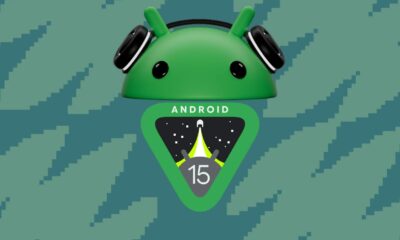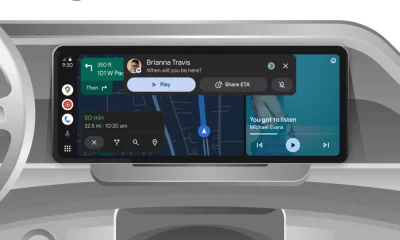Android
Android 16 makes multitasking easier with Window minimizing
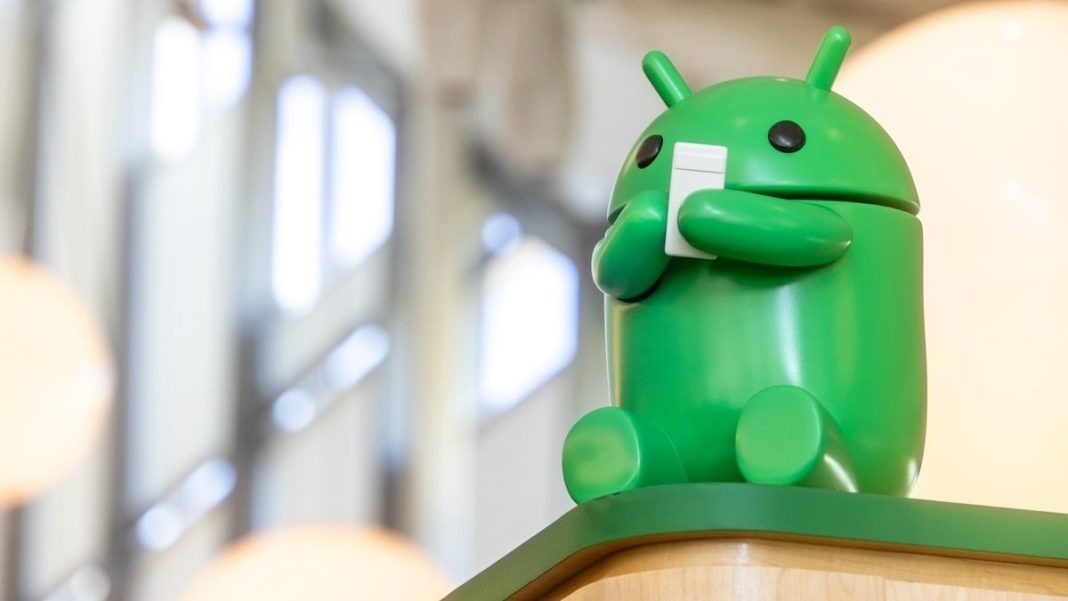
Tablets have big screens that can show multiple apps at once, but Android didn’t always let you resize app windows freely. That changed last December when Google added a desktop windowing feature, allowing tablet users to run several apps in movable windows. At first, this feature was pretty simple and didn’t even have a minimize button. Now, with Android 16 on the way, Google is adding the ability to minimize those windows.
When you turn on desktop windowing mode on a tablet, every app gets a small handle at the top. You can drag this handle to the middle of the screen or tap it and pick the desktop window option from a menu to open the app in a window. Once it’s open, a bar appears at the top with the app’s icon, name, and buttons to maximize or close it.
In the first version of this feature, released with Android 15 QPR1, there was no minimize button. If you wanted an app out of sight, you had to close it completely, which could mean losing your work or progress. This made multitasking tricky. Thankfully, the new Android 16 Beta 3 fixes this by adding a minimize button to the bar. Tap it, and the window hides. You can bring it back later by tapping the app’s icon in the taskbar. The taskbar shows a small sign when the app is minimized and a bigger one when it’s open. If you minimize all apps, Android switches out of desktop mode but keeps them ready to reopen.
There’s a video showing how the new minimize button works in Android 16 Beta 3. Other updates to this feature include letting apps like YouTube shrink into a small picture-in-picture box and allowing you to drag a Chrome tab into its own window. The YouTube option isn’t brand new to Beta 3 but wasn’t there at the start.
The Chrome tab trick was hinted at earlier but needed a setting that wasn’t turned on before. These changes are small but important. They help Android feel more like a desktop system. Google is also working on a new “Desktop View” mode, and adding features like these will make it more useful for tablet users.
Android
Google Pixel and Android teams face job cuts
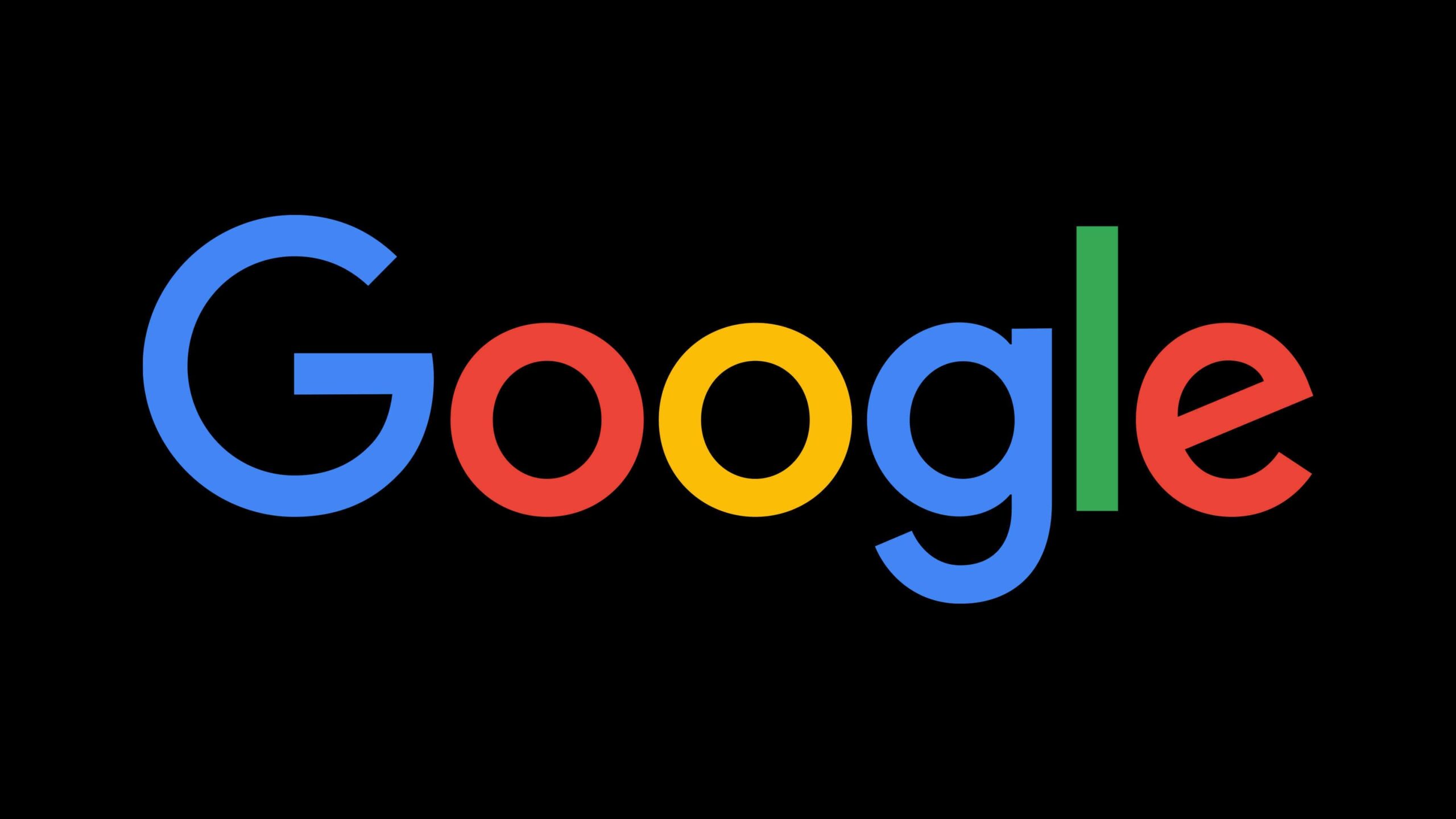
Google has made some tough calls recently, letting go of employees working on its Pixel phones, Android system, and Fitbit devices. The layoffs, which happened earlier this week, affected a small number of staff members, including some managers. The company hasn’t shared exact details about how many people lost their jobs or which teams were hit hardest, but the changes are part of a bigger plan to work smarter and focus on key projects.
Even with these cuts, Google says it’s still committed to building great Pixel phones and improving Android. The company believes these changes will help its teams work better together and create products that users love. Some of the employees who were let go might get a chance to apply for other roles within Google, but it’s not guaranteed that everyone will stay.
This isn’t the first time Google has trimmed its workforce. Last year, it cut jobs in other areas, like its Waze mapping app, as part of efforts to save money and streamline operations. Despite the layoffs, Google insists its plans for Pixel, Android, and Fitbit remain strong. The company is pushing forward with new ideas and products to compete in the crowded tech world.
The news has raised questions about what’s next for Google’s hardware and software teams. Fans of Pixel phones and Android are hopeful the changes won’t slow down the company’s progress. For now, Google is staying focused on delivering updates and new devices while navigating these internal shifts. Only time will tell how these changes shape the future of its products.
Android
Android 15 April update brings better features to Pixel phones

Google has released the April update for Android 15, bringing some handy improvements for Pixel phone users. This update focuses on making your phone more reliable and easier to use, with fixes and new features that enhance your daily experience.
One big change is better satellite support. Now, Pixel phones can connect to satellites more smoothly, which is great for staying in touch in areas with no cell service. The update also improves how apps work, fixing crashes and making them run faster. For example, apps that use GPS will now track your location more accurately, which is perfect for navigation or fitness apps.
Security gets a boost too. The update patches up some weak spots, keeping your phone safer from bugs or threats. Plus, if you use Wi-Fi, you’ll notice faster and more stable connections, especially when switching between networks. This means smoother video calls or quicker downloads.
For Pixel owners, the update also tweaks the camera and battery performance. Photos come out sharper, even in low light, and your battery should last a bit longer thanks to smarter power management. These small changes add up to a better overall experience.
The April update is rolling out now to Pixel devices running Android 15. If you haven’t gotten it yet, check your phone’s settings to download it manually. Google says more updates are coming soon to keep Pixel phones running at their best.
This release shows Google’s commitment to making Pixel phones more dependable and user-friendly. Whether you’re snapping photos or browsing the web, these changes make your phone work better for you.
Android
Smart Glasses could soon work with Android Auto
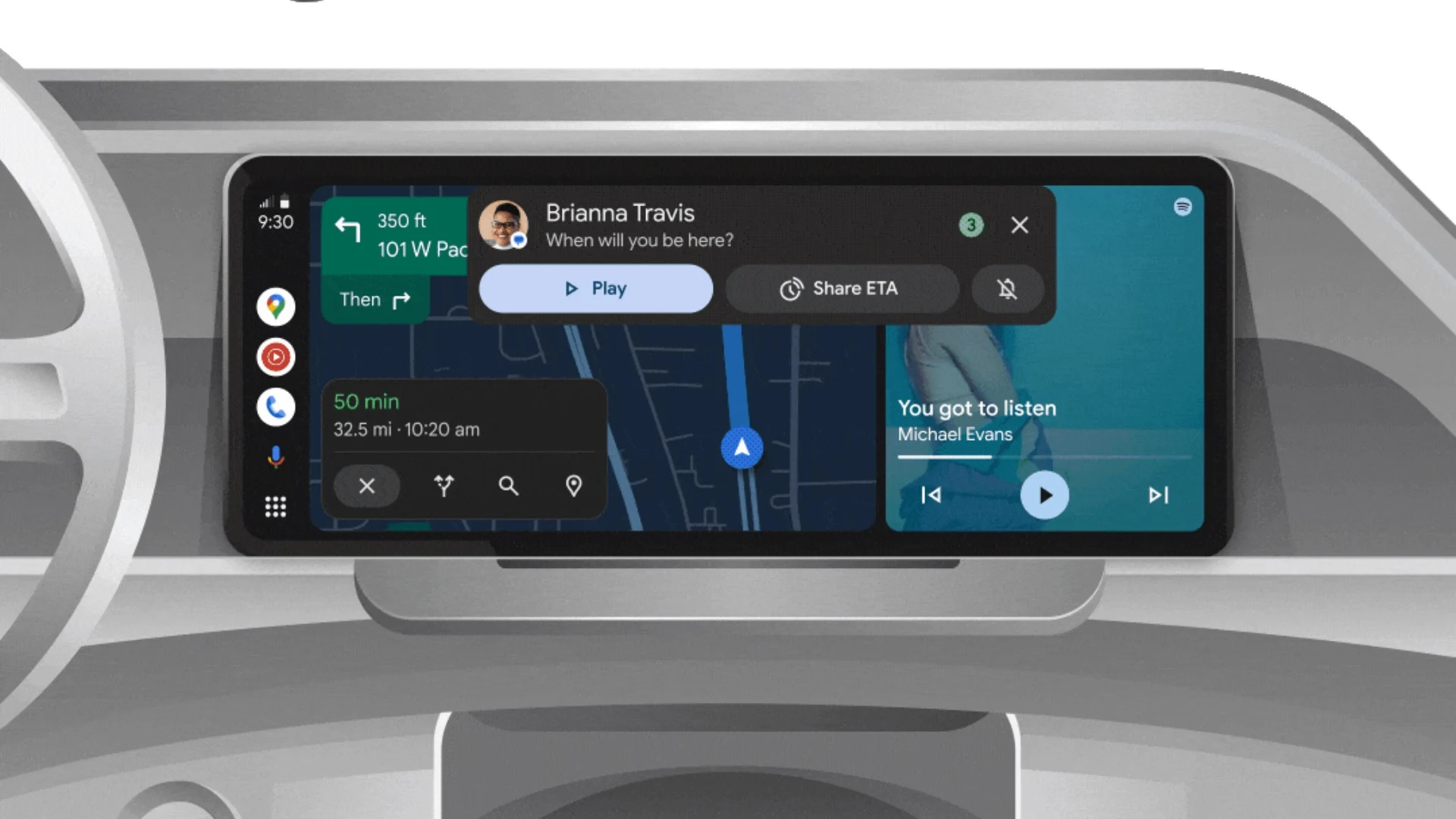
Imagine driving while getting directions or notifications right in front of your eyes through smart glasses. A recent discovery in the Android Auto app (version 12.5) hints that this might happen soon. Developers found clues in the app’s code showing that Google could be planning to connect Android Auto with smart glasses, making your drive smoother and safer.
Right now, Android Auto works by showing info like maps or music controls on your car’s screen or phone. But with smart glasses, that info could appear directly in your view, so you don’t have to look away from the road. The code mentions “Project Starline,” a Google idea that uses fancy tech to blend digital stuff with the real world. This suggests the glasses might overlay directions or alerts right onto what you see outside.
There’s no official word yet on when or if this will launch. The code is just a sneak peek, and Google might still be testing things out. Plus, it’s unclear which smart glasses would work with this—maybe Google’s own, or ones from other brands. Still, the idea is exciting: hands-free driving info that keeps your eyes where they belong—on the road.
This isn’t Google’s first try at smart glasses. Years ago, they launched Google Glass, but it didn’t catch on for everyday use. Now, with better tech and Android Auto’s popularity, this could be a fresh start. Picture getting a call or seeing your next turn pop up in your glasses while you drive. It’s a cool mix of sci-fi and real life, and it might not be far away. For now, we’ll have to wait and see if Google turns this hint into something real.
-
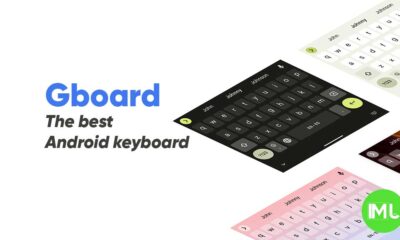
 Apps1 year ago
Apps1 year agoGboard Proofread feature will support selected text
-
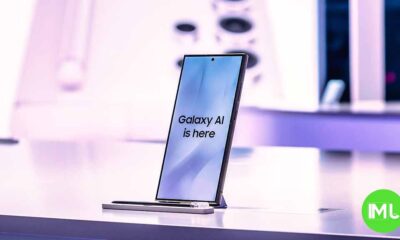
 News1 year ago
News1 year agoSamsung USA crafting One UI 6.1.1
-

 News1 year ago
News1 year agoBreaking: Samsung Galaxy S22 may get Galaxy AI features
-
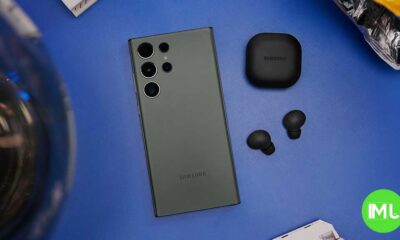
 News1 year ago
News1 year agoSamsung Galaxy S23 Ultra with One UI 6.1 and all S24 AI features revealed
-

 News1 year ago
News1 year agoOne UI 6.1 Auracast (Bluetooth LE Audio) feature coming to many Samsung phones
-

 News1 year ago
News1 year agoSatellite SOS feature coming to Google Pixel phones, evidence leaked
-
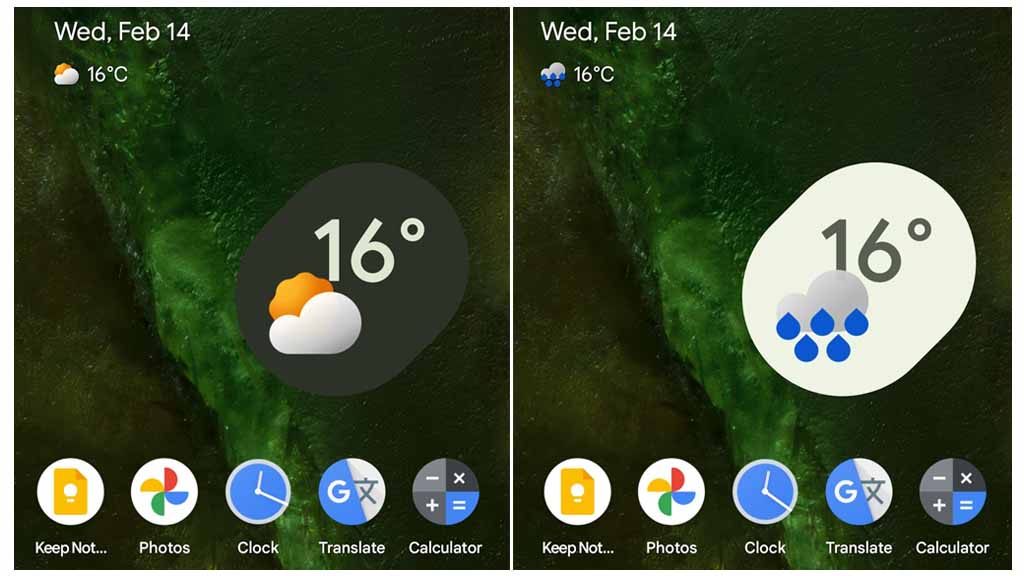
 Apps11 months ago
Apps11 months agoGoogle’s fancy new Weather app is finally available for more Android phones
-
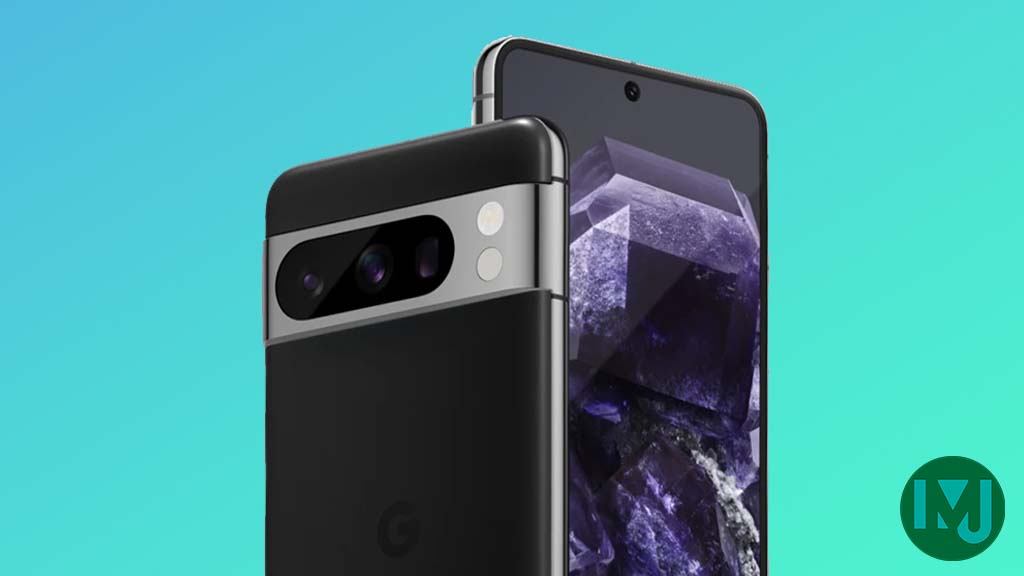
 News1 year ago
News1 year agoGoogle Pixel evolves as Europe’s third best selling flagship



